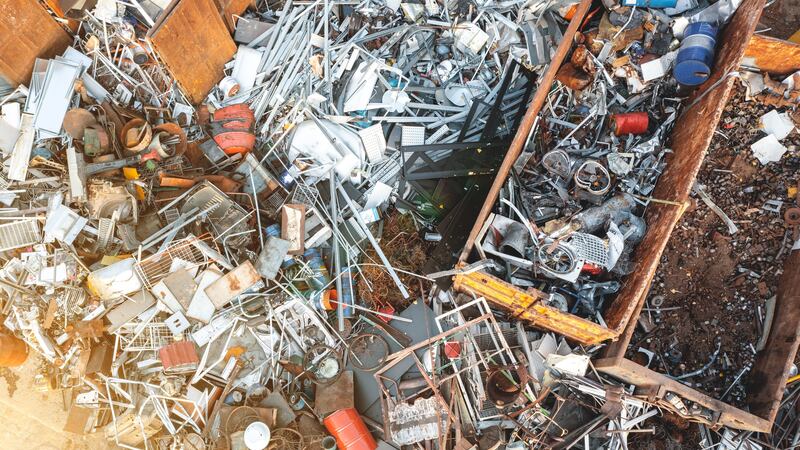

JAN 03, 2024
As recycling and sustainability become increasingly crucial in today's society, identifying metals such as stainless steel and aluminum is essential for efficient recycling efforts and selling scrap metal companies. While distinguishing between them may prove challenging, distinguishing is necessary if scrap metal recycling operations want to use services and efficient metal sales to scrap companies. In this guide, RCM Recycling offers tips for differentiating between them efficiently.
Before diving in with tips for distinguishing stainless steel from aluminum, it's crucial to understand why such differentiation matters. One reason lies within the recycling industry; recycling can reduce waste and help conserve natural resources by profitably recycling scrap metal. Accurately identifying stainless steel from aluminum, you can maximize recycling efforts while increasing earnings when working with scrap metal buyers or companies.
A visual inspection is often the first step to accurately distinguishing stainless steel from aluminum, though this method may only sometimes provide 100% certainty. Here are a few visual cues you should keep an eye out for:
The magnetic test is a reliable way of differentiating stainless steel from aluminum since Stainless steel tends to be magnetic while aluminum is not. You can perform the magnetic test using any common refrigerator magnet - if it sticks securely onto the metal surface, it likely indicates it is stainless steel; otherwise, it indicates aluminum.
Another effective and straightforward method for differentiating these metals is comparing their weights. Aluminum is significantly lighter than stainless steel; this weight difference becomes particularly apparent when handling larger objects or scrap pieces. Lifting and comparing a suspected metallic object against something known to contain aluminum or stainless steel will indicate its composition and identity.
Conductivity tests can also help identify whether you're dealing with stainless steel or aluminum. While stainless steel is typically poor at conducting electricity, aluminum excels. To conduct such an exam, use a multimeter set on resistance or conductivity and touch any metal with its probes - low conductivity indicates stainless steel, while high conductivity indicates aluminum.
The spark test is best used by professionals who work regularly with metal and possess access to specialist tools like bench grinders. When grinding stainless steel and aluminum with such equipment, two distinct sparks appear; stainless steel produces shorter, smaller sparks, while aluminum creates longer, brighter ones more abundantly.
Although less frequently employed and unadvisable for beginners, chemical tests can provide clear evidence of distinguishing stainless steel from aluminum. Due to the use of powerful chemicals during these experiments, extreme care should be exercised while conducting them.
For stainless steel, apply a small amount of strong hydrochloric acid to an undisclosed spot on its metal. While stainless will likely remain relatively unaffected by such exposure to acids, aluminum will respond more strongly by fizzing and emitting hydrogen gas immediately upon exposure to such acids.
Accurate identification is critical when recycling stainless steel and aluminum scrap. Utilizing methods like visual inspection, magnetic tests, weight comparisons, conductivity tests, spark tests, and chemical analyses will assist with this task of distinguishing them effectively. Remember, some methods for distinguishing stainless steel from aluminum may be simple enough to complete at home. In contrast, others require specialist equipment and expertise from a dependable scrap metal company such as RCM Recycling.